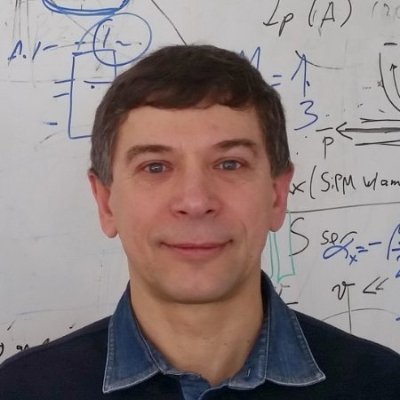
Sergey Vinogradov from the Lebedev Physical Institute (LPI) is mostly focusing on probabilistic modeling and performance analysis, characterization, and applications of SiPM in Russian and worldwide collaborations and projects (SENSE, FAST, CERN CMS).
What are the three most important steps you took on your way to become a photosensor expert?
- 30+ years of experience in R&D of photosensors;
- focus on new ideas and designs to overcome the major trade-offs of the existing photosensors;
- development and application of analytical probabilistic approaches and models of SiPM response and performance.
Tell us a bit about your daily work:
I am interested in almost all aspects of the SiPM R&D: physics, designs, experimental techniques and methods, characterization of parameters and performance, models and simulations, and, of course, applications.
Therefore, I used to read a lot of papers (probably, I took a look at literally all papers on SiPM in the 2000s, now it is impossible, but I still try to be familiar with the most relevant and high-quality ones).
Daily work is often related to the analysis of experimental results, parameter extractions, simulations and development of models to describe experimental results in the best way.
Does your institute offer some activities for students? What kind of activities?
LPI is an academic research institute, so it accepts external students from Moscow universities for MS and Ph.D. studies with the LPI supervisors.
Which part of the SENSE project is for you the most important?
I anticipate very much an opportunity provided by the SENSE for communications, discussions, and meetings with my colleagues worldwide to be at the forefront of ongoing R&Ds, to share our knowledge, to succeed on our way to an ideal photosensor.